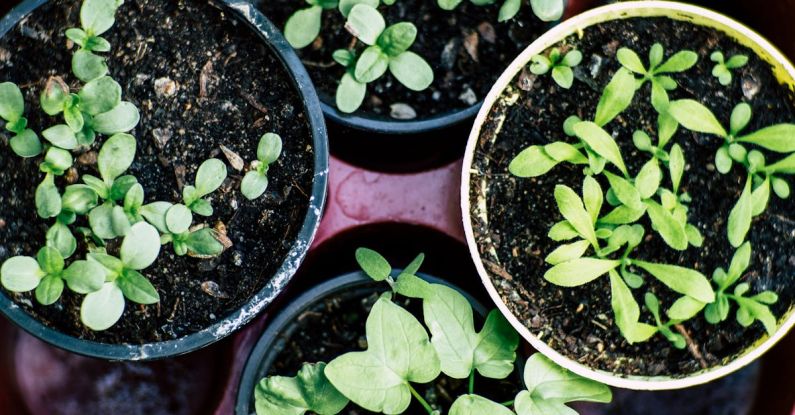Starting Your Own Vegetable Garden
Growing your own vegetable garden is a rewarding and fulfilling experience that allows you to enjoy fresh, organic produce right from your backyard. Whether you have a spacious yard or a small balcony, starting a vegetable garden is a great way to connect with nature, reduce your carbon footprint, and save money on groceries. In this article, we will explore the steps and tips to help you get started on your own vegetable garden.
Choosing the Right Location
Selecting the perfect location for your vegetable garden is crucial for its success. Most vegetables require at least six hours of sunlight a day, so choose a spot in your yard that receives adequate sunlight. Ensure that the location has good drainage to prevent waterlogging, as excess water can lead to root rot and other issues. If you have limited space, consider container gardening on a balcony or patio to grow your favorite vegetables in pots or raised beds.
Preparing the Soil
Before planting your vegetable garden, it’s essential to prepare the soil to provide the nutrients necessary for your plants to thrive. Test your soil to determine its pH level and nutrient content, and amend it as needed with organic matter such as compost or aged manure. Tilling the soil will help loosen it and improve drainage, creating a healthy environment for your vegetables to grow.
Choosing the Right Vegetables
When selecting which vegetables to grow in your garden, consider your climate, available space, and personal preferences. Start with easy-to-grow vegetables such as tomatoes, lettuce, peppers, and zucchini for a successful first harvest. Research the growing requirements of each vegetable, including planting depth, spacing, and watering needs, to ensure they receive the care they need to flourish.
Planting Your Garden
Once you have prepared your soil and selected your vegetables, it’s time to plant your garden. Follow the planting instructions for each vegetable, ensuring you give them enough space to grow and develop. Consider companion planting to maximize your garden’s productivity and deter pests naturally. Water your garden regularly, aiming to keep the soil consistently moist but not waterlogged.
Maintaining Your Garden
Maintaining your vegetable garden is essential to ensure a bountiful harvest. Monitor your plants regularly for signs of pests, diseases, or nutrient deficiencies, and take appropriate action to address any issues promptly. Mulch around your plants to retain moisture, suppress weeds, and regulate soil temperature. Fertilize your garden as needed with organic fertilizers to provide essential nutrients for healthy plant growth.
Harvesting Your Vegetables
As your vegetables begin to mature, it’s time to enjoy the fruits of your labor by harvesting them at the peak of freshness. Different vegetables have specific signs of readiness for harvest, such as color, size, or firmness, so be sure to research each vegetable’s harvesting requirements. Use sharp tools to harvest your vegetables to prevent damage to the plants and store them properly to maintain their freshness.
Embracing the Joy of Gardening
Starting your own vegetable garden is a fulfilling journey that connects you with nature, promotes sustainability, and provides you with delicious, homegrown produce. Embrace the joy of gardening by experimenting with different vegetables, learning from your successes and failures, and sharing your harvest with family and friends. Gardening is a continuous learning experience that allows you to cultivate not only plants but also patience, perseverance, and a deeper appreciation for the natural world.






